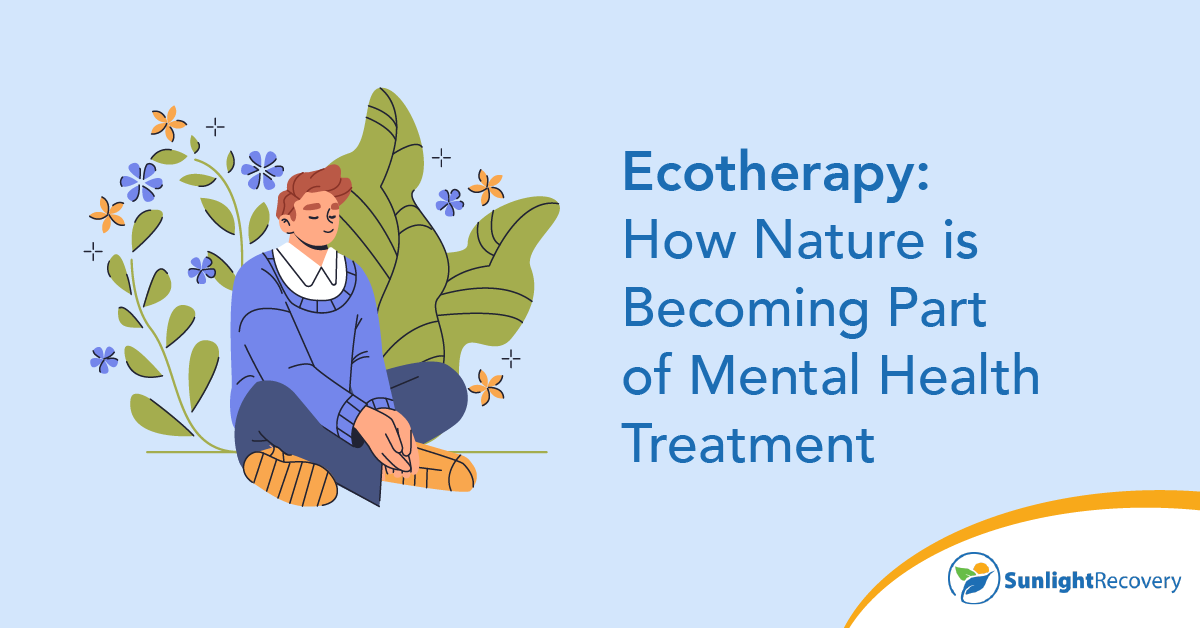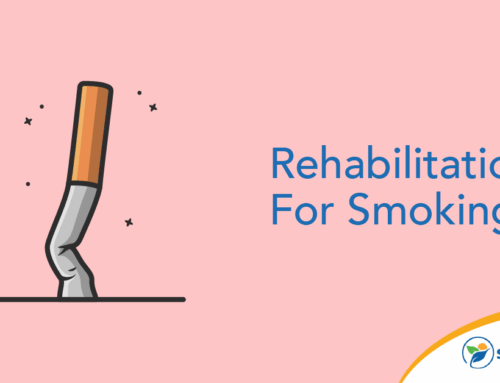Have you ever noticed how much better you feel after spending time outside? A walk through the park clears the head. Sitting by a lake makes problems feel manageable. Fresh air and green spaces improve people’s mood. Mental health professionals have been noticing this, too. Now they’re prescribing something pretty simple: actual time in nature. This approach is called ecotherapy.
What Is Ecotherapy and Where Did It Come From?
Ecotherapy happens when therapy meets the outdoors. It’s not just telling people to go touch grass; this is a structured treatment, combining nature’s healing power with therapy techniques.
The idea isn’t new. Indigenous cultures noticed the connection between nature and well-being thousands of years ago. Modern ecotherapy took off in the 1990s, when researchers started studying what happened in the brains of people who spent time outside.
The term ecotherapy was first coined in 1995 to describe a treatment for people who’d gotten disconnected from nature. This disconnect was affecting their mental health. This makes sense because humans evolved spending most of their time outdoors, not hunched over laptops under fluorescent lights.
Today, ecotherapy covers lots of ground. The common thread? Getting people reconnected with nature as part of mental health recovery.
Mental Health Benefits of Time in Nature
What actually happens when someone steps outside? Quite a bit. Research shows nature time can improve depression, anxiety and stress symptoms.
One study reported that a 40-minute nature walk significantly boosted positive effects and reduced brain stress compared to urban walking. Other research confirmed that nature walks can reduce depression and anxiety symptoms.
Nature gives brains a break from directed attention, the hard, focused thinking done all day at work or school. Outside, brains switch to a gentler, more restorative mode.
Being outdoors gets people moving, releasing feel-good endorphins. Natural sunlight helps regulate sleep patterns and boosts vitamin D, too. All this adds up to better mood control and less anxiety.
Or consider forest bathing. No actual bathing is involved; it’s about slowly soaking up forest environments with all the senses. Studies show it drops stress hormones and boosts the immune system.
Types of Ecotherapy Practices
Different types of nature therapy are available. There’s probably something for every comfort zone.
- Walk-and-talk therapy is exactly what it sounds like. Instead of sterile offices, therapy happens while wandering through parks or trails. Lots of people find it easier to open up when they’re moving.
- Wilderness therapy cranks things up via multi-day outdoor adventures combined with therapeutic work. You enjoy camping, hiking and paddling while working through personal stuff with trained therapists. It’s intense and potentially life-changing.
- Horticultural therapy gets people’s hands dirty with plants and gardening. There’s something deeply satisfying about nurturing plants and watching them grow. Plus, actual soil exposes people to beneficial bacteria and might even improve moods.
- Animal-assisted therapy often happens outside. Imagine working with horses, dogs or other animals in natural settings, combining nature’s benefits with therapeutic animal connections.
- Adventure therapy includes rock climbing, kayaking and backcountry hiking. These activities challenge people physically and mentally. Build confidence and problem-solving skills.
Even basic nature meditation counts as ecotherapy. Outdoor yoga, too. The main thing is intentionally connecting with the natural world as part of healing.
Why Nature Can Help Regulate Mood and Reduce Stress
Real science shows why ecotherapy works. When a person experiences nature, several things happen that boost mental health.
Natural environments are much less overstimulating than cities — no car horns, flashing billboards or packed sidewalks. This gives the nervous system space to chill out and reset. Brain waves actually change in peaceful natural settings.
Nature engages all the senses without overwhelming them. Think of the sound of water, the smell of pine trees or the feel of grass underfoot. These experiences anchor people in the present moment, interrupting spiraling anxious thoughts.
Sunlight exposure helps regulate the body’s internal clock, affecting sleep, mood and energy. Even on cloudy days, outdoor light beats indoor lighting by miles.
Physical movement happens naturally outdoors through activities like walking, hiking and swimming. Movement helps release endorphins and lowers stress hormones. It also helps your body process difficult experiences that get stored physically.
Then there’s attention restoration theory. Natural environments need effortless attention. Notice a cool bird or a pretty view without working at it. This gives brain attention centers a breather and can improve focus and reduce mental exhaustion.
Who May Benefit From Ecotherapy
Almost everyone can benefit from more nature time, but ecotherapy might be especially powerful for certain groups:
- People with depression often find outdoor activities lift their mood differently from indoor exercise. The combination of light, fresh air, movement and natural beauty can be surprisingly effective.
- Those dealing with anxiety might discover nature provides a safe space to practice coping skills. Being outdoors can feel less trapped than traditional therapy rooms, helping some people relax and share more.
- Kids and teenagers with ADHD frequently do much better in natural settings. Outdoor environments provide just the right stimulation without being too much. Many wilderness programs work specifically with young people who’ve struggled in regular treatment.
- People in addiction recovery sometimes find connecting with nature helps build new, healthy coping strategies. Outdoor activities can provide natural highs and replace the need for substances.
- Veterans dealing with PTSD show amazing results from wilderness therapy programs. The combination of physical challenge, natural setting and peer support can be incredibly healing.
- Even people dealing with regular stress and burnout can benefit. More nature-based activities in daily life make a difference.
Integrating Nature-Based Healing Into Traditional Treatment
Ecotherapy doesn’t replace regular therapy; it makes it better. Some therapists offer walk-and-talk sessions in local parks. Others assign specific nature-based homework between regular sessions, such as “Spend 20 minutes outside daily and track how it affects your mood.”
Treatment programs increasingly add outdoor components. Therapeutic gardens, outdoor group sessions and wilderness expeditions can all become parts of longer treatment stays.
Even if therapists don’t specifically do ecotherapy, patients can discuss adding more nature to healing. Therapists might help set outdoor activity goals, such as exploring what being in nature means personally.
The trick is finding what works for specific situations. Live in a city and can’t access the wilderness? Find a small park, or just care for houseplants. Even tiny nature connections make real differences.
Take Mental Health Treatment Outside
Ecotherapy isn’t magic and won’t work for everyone, but research is solid that nature has genuine mental health benefits. Whether through formal programs or just spending more time outside, nature gives brains and bodies something they crave. At Sunlight Recovery, healing happens in all kinds of environments. Sometimes the most powerful ecotherapy benefits happen under open skies. Contact us now to talk to someone right away.







